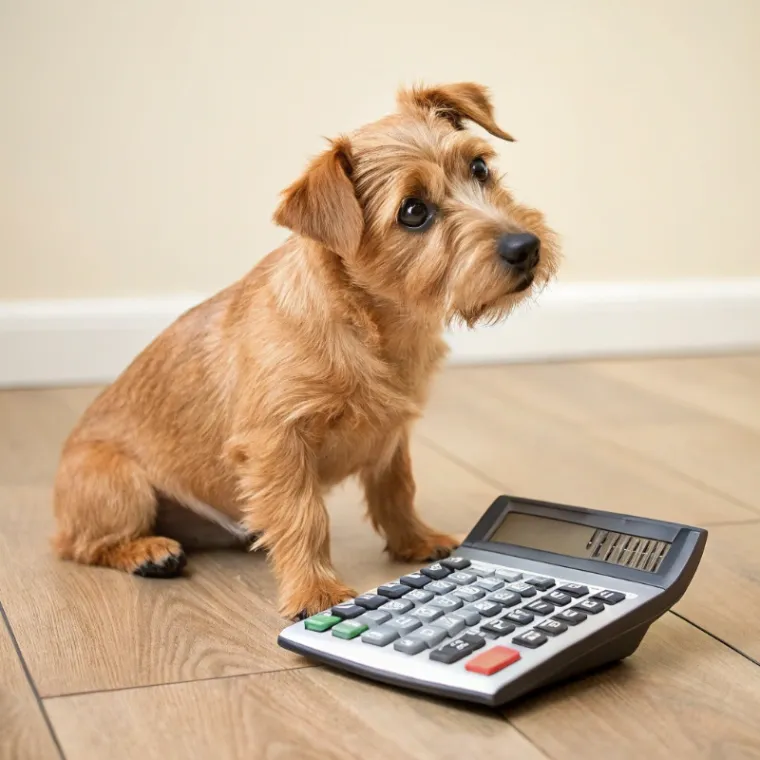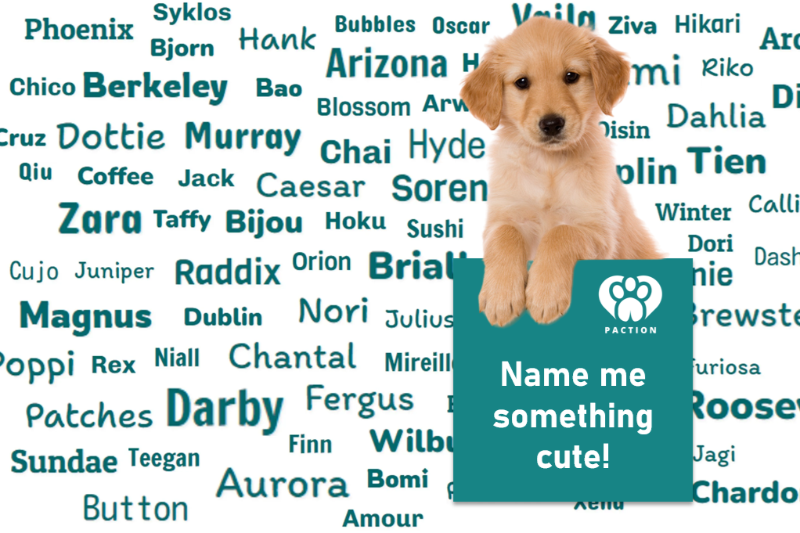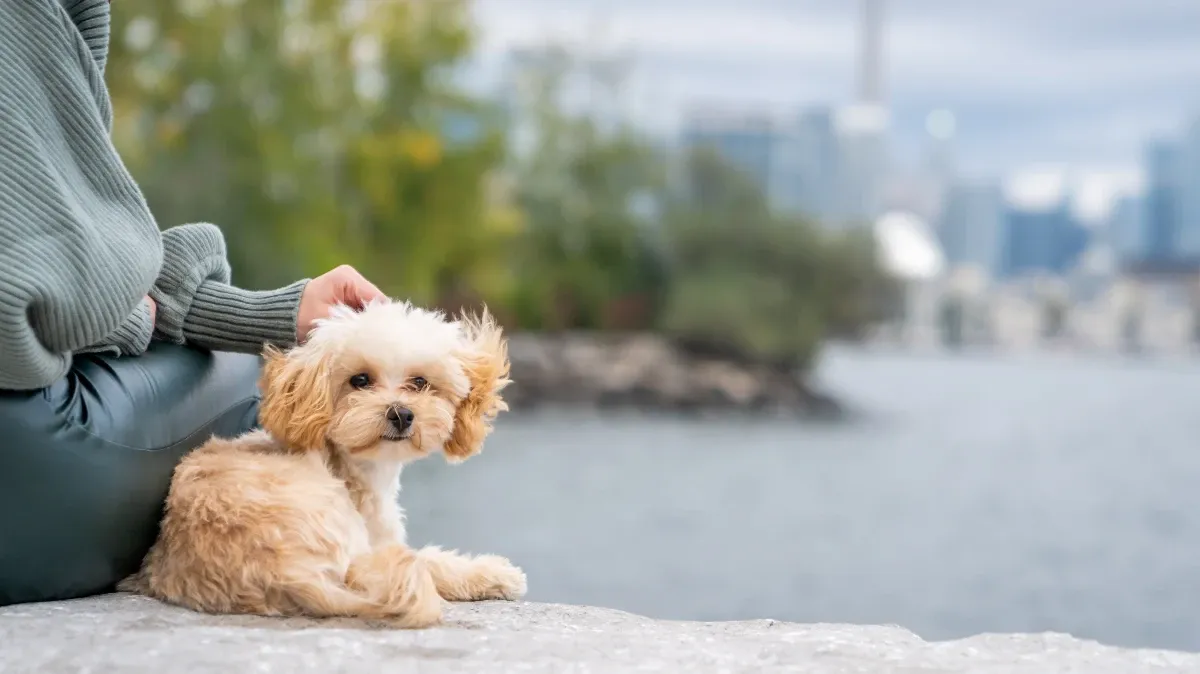Norfolk Terrier




 Find Reputable Breeders Near You
Find Reputable Breeders Near You
Browse Reputable Breeders who meet Paction's Certification standards.
Search for a PupGet to Know Norfolk Terriers
- Drop-Eared Cousins: Norfolk Terriers were once grouped with Norwich Terriers — the only difference being the ears. Norfolks have drop ears (folded over), which set them apart and led to their recognition as a separate breed in the 1960s–70s.
- Rare but Resilient: The breed is considered relatively rare worldwide, often with small litters and limited availability — yet they are adaptable, hardy dogs that do well in city apartments or country homes alike, as long as they get enough attention and exercise.
- One of the Smallest Working Terriers: Despite being one of the smallest of all working terriers, the Norfolk Terrier is fearless and determined, originally bred to hunt rats and flush out foxes alongside larger hunting dogs.
- Big Dog Attitude: Norfolks are known for having a "big dog personality" in a small body. They’re bold, self-assured, and always ready for action — without being aggressive or overly dominant.
- One of the Smallest Working Terriers: Despite being one of the smallest of all working terriers, the Norfolk Terrier is fearless and determined, originally bred to hunt rats and flush out foxes alongside larger hunting dogs.
Breed History
The Norfolk Terrier originated in England in the late 19th and early 20th centuries, developed alongside the Norwich Terrier as a small, fearless dog used for hunting vermin and working in packs. The two breeds were originally considered the same, with ear type being the main distinction—Norfolks have drop ears, while Norwich Terriers have prick ears. Due to this consistent difference, the breeds were officially separated in 1964 in the UK and 1979 in the U.S. Despite their small stature, Norfolk Terriers were bred to be tough, tenacious workers, making them both capable farm dogs and spirited companions.
Personality and Behaviour
- Bold & Spirited: Norfolk terriers have a fearless nature that often surprises people given their small size. Bred to hunt in packs, they combine classic terrier determination with a more sociable and cooperative attitude. They are confident dogs who enjoy adventure and exploration, whether it’s in the backyard or on a new trail.
- Deeply Affectionate & People-oriented: Norfolk Terriers thrive on human companionship and tend to form strong bonds with their families. They’re happiest when involved in daily activities and can be both playful and cuddly. Their friendly disposition generally makes them good with children and, when well-socialized, with other pets too.
- Intelligent & Curious: These dogs are always eager to investigate new sights and sounds. While they are usually more trainable than many terriers, they still have an independent streak that calls for patient, reward-based training. Their alertness and occasional stubbornness make early socialization and consistent guidance important for a well-balanced adult dog.
Care
- Grooming: Norfolk Terriers have a wiry, weather-resistant coat that benefits from regular brushing to prevent tangles, especially around the legs and face. To maintain the coat’s texture and appearance, hand-stripping a few times a year is ideal, though clipping is acceptable for pet homes. Routine care like nail trimming, ear cleaning, and dental hygiene should be part of their regular grooming schedule.
- Exercise: Though small, Norfolk Terriers are energetic and need consistent daily activity to stay balanced and happy. A couple of brisk walks, interactive play, and the chance to explore safely off-leash (in a secure area) are great for meeting their needs. Without enough physical and mental stimulation, they may become bored and dig or bark excessively.
- Training: Norfolk Terriers are intelligent, alert, and eager to please, making them responsive to training—especially when sessions are fun and reward-based. Early socialization is important to help them grow into well-mannered companions, and basic obedience training helps manage their natural curiosity and strong prey drive. Their pack-friendly nature also makes them more cooperative than many other terrier breeds.
Norfolk Terrier Summary
What to ask your breeder?
Here’s a short summary of what you should be asking your breeder:
Norfolk Terrier Health Testing
| Screening | Considerations |
|---|---|
| Cardiac Evaluation | One of the following: Congenital Cardiac Exam by board certified cardiologist, exam must include an ECHO Advanced Cardiac Exam - must include an ECHO Basic Cardiac Exam by board certified cardiologist, exam must include an ECHO |
| ACVO Eye Exam | ACVO Eye Examination. Results registered with OFA. |
| Patellar Luxation | Veterinary Evaluation of Patellar Luxation. Results registered with OFA. |
| Hip Dysplasia | (Optional but recommended) OFA Radiographic Hip Evaluation PennHIP Evaluation. Results registered with OFA. |
| Ichthyosis | (Optional but recommended) OFA registry of DNA test from Michigan State University Dept of Microbiology and Molecular Genetics |
How Much Does It Cost to Own a Norfolk Terrier Per Year?
Determining the cost of owning a Norfolk Terrier is essential for responsible dog ownership. Use our calculator to estimate expenses, including food, grooming, veterinary care, and more.
The Ultimate Dog Cost Calculator
 Calculate Now
Calculate Now

